On 9/9/1999 SEGA released in the US their last-ditch effort in the game console business. There was a lot riding on the success of the machine. After a disastrous run with the Saturn that was originally designed as a very powerful 2D machine to truly replace the aging Genesis system. The failure of the Saturn caused SEGA to write off $450 million in loss in 1998. Rumor had it that there were two systems in development and the stronger one would survive. It was originally named “Dural” in the early stages and then the final codename was “Katana”. If you have a first generation Dreamcast and open in up some of the parts have the name “Katana” still on them. Dreamcast was the first 128 bit home system with a Hitachi SH4 200Mhz CPU, NEC/VideoLogic CLX I graphics chip, 16MB main operating RAM with 8MG videoRAM and 2MB audio RAM. It used a Yamaha AICA sound chip used Dual Windows/proprietary OS with proprietary GD-ROM 1GB capacity optical media and the first home console with a built-in 56k modem (and later replaceable broadband modem). While not as powerful as the proposed Playstation 2 was on paper at the time (it did not launch until October 26th 2000)
The Dreamcast had a very strong launch lineup for the US launch. Sonic Adventures, AeroWings, AirForce Delta, Blue Stinger, Expendable, Flag to Flag, The House of the Dead 2, Hydro Thunder, Monaco Grand Prix, Mortal Kombat Gold, SEGA Sports NFL2K NFL Blitz 2000, Pen Pen TriIcelon, Power Stone, Ready 2 Rumble Boxing, Soulcalibur, TNN Motorsports Hardcore Heat, Tokyo Xtreme Racer and TrickStyle. This was a huge improvement over the titles released at launch in Japan that had only four titles: Pen Pen TriIcelon, Godzilla Generations, July and Virtua Fighter 3tb (Virtua Fighter included a bonus disc called Project Berkley that would later become Shenmue more on that later) Notably absent from the launch was titles from Electronic Arts. EA wanted exclusive rights to sports games on Dreamcast but SEGA had just bought Visual Concepts and they were making sports games for Dreamcast. So EA walked away for producing games for the Dreamcast. The launch had some truly breakout games including NAMCO’s Soulcalibur that nearly sold 1:1 with the system and frankly looked better than the arcade version. SEGA Sports NFL2K was hailed as a real competitor agains EA’s Madden Football games. SEGA sold 1.2 million unit by years end and things seemed to be looking up for SEGA.
The system had many innovations. One was the controller that had two slots on the back that you could add a VMU (Visual Memory Unit) that had a small LCD screen that could display 48 dot width × 32 dot height. It also had controls on it so you could play mini games on it. So if you had the Sonic Adventure game you could hatch Chao egg on the units and build up their levels (a la Pokemon). Other games that used it were NFL2K (secret plays) Seaman (organizing food app), Skies of Arcadia (Pinta’s Quest), Jet Set Radio (Graffiti Transfer App) were among some of the games that either used the mini display or there were separate playable mini games. One of the coolest was the one for the Japanese only release of Godzilla Generation game that basically was a Godzilla tamagotchi game.
There was also a fishing rod controller that was used for the six fishing games that were released for the system. It was basically a home version of their arcade fishing game controllers.
The release of the home version of Samba De Amigo for the Dreamcast included maracas that had sensors on them so while you were playing the rhythm game it could see that you were keeping time with the game.
With the 56k modem in every unit SEGA released a keyboard and mouse so that if you went online you could navigate and type like a computer. One notable game actually require the keyboard and that was Typing of the Dead.
Instead of using the light gun to shoot the enemies you had to type the word on the screen as quickly as possible to kill them.
While Nintendo was the first to use a microphone for a game (Hey You Pikachu! for the N64) it was SEGA that used it for one of the strangest games every released Seaman. It was a virtual pet simulator that when it reached a mature stage it became an amphibious creature with a human face. It understood words and phrases and was even narrated by Leonard Nimoy.
One of the strongest 3rd party developers was Capcom. They had some of the most popular fighting games on the market and they also had a small little title called Resident Evil that had basically sold the original Playstation. They had a a strong Dreamcast line up. Resident Evil Code: Veronica, Cannon Spike, Dino Crisis, Capcom Vs. SNK, Jojo’s Bizarre Adventures, Marvel Vs. Capcom 2, Power Stone 1 & 2, Street Fighter III, Tech Romancer, Mars Matrix, and Project Justice to name a few. Capcom really took advantage of the power that the Dreamcast offered and there games were some of the systems best sellers.
The fact that there was a built-in modem allowed games to be played online. Some of the better ones were Bomberman Online, ChuChu Rocket, Phantasy Star Online and AlienFront Online. SEGA development teams were going full throttle to produce games for the system. Some of the highlights were Confidential Mission, Crazy Taxi, Floigan Bros., Toy Commander, Space Channel 5, Sonic Adventures 1 & 2, Skies of Arcadia, and Ooga Booga. They also released SEGA Smashpack that contained 12 classic games from the Genesis system.One of my personal favorites was Wacky Races that with the power of the Dreamcast perfectly recreated the classic Hanna -Barbara cartoons into a very fun racing game.
There were also two very big budget games first was D2 developed by WARP.
The game was originally developed for Panasonic’s ill-fated 3DO replacement M2 system. WARP had developed two other notable games the original D (1995) and Enemy Zero (1997). While people may think that D2 is a sequel to D it is in fact not related at all. D2 had different types of gameplay but mostly third person perspective. While the visuals, music and the story were very good the gameplay was very repetitive and too many cut scenes that interrupted the gameplay.
Probably the game that really defines the Dreamcast is Shenmue.
Shenmue is an open world adventure developed by SEGA AM2 unit and directed by Yu Suzuki who had created some of SEGA best games such as Virtua Fighter, Daytona USA, Virtua Cop, Hang On, Space Harrier, After Burner, and Virtua Racing. The cost of the game was astronomical for the time. The first installment cost a whopping $47 million dollars and Shenmue 2 cost $23 million. Shenmue was one of the first video games to incorporate development techniques that had previously been primarily used for film. The voice acting in Shenmue was ground-breaking as it was one of the first large-scale games to include real voices for every single non-playable character in the game world and not just resorting to text transcriptions, as was common in video games at the time. The game was going to be the killer game for the SEGA Saturn but because programming for the Saturn was notoriously difficult so progress was slow and then the Saturn collapsed and then the project began its new life on the Dreamcast. Shenmue has an epic story and very well-rounded characters. The graphics are simply stunning and very ground breaking at the time. While sales of the game were good the high production cost the project lost money for SEGA.
While the Dreamcast started off well in sales they pretty much tanked as soon as the Playstation 2 hit the shelves. Even with a strong library of games and a cost that was half of the Playstation 2 the writing was on the wall. SEGA tried a last-ditch effort to save the system with SEGA NET that for $21.95 a month with a 2 year commitment you would get a free Dreamcast with a keyboard. Even the Dreamcast last showing at E3 2000 was a strong one. They have a two-story wall with door and about every 15 minutes or so the Space Channel 5 girls would come out and dance.
Here is a video of the lavish show that SEGA put on that year.
They also had strong software at the show like NBA 2K1 and Seaman, Jet Grind Radio, along with Space Channel 5 there was hope that SEGA might survive. Unfortunately with sales of the Dreamcast flagging and SEGA’s arcade unit not doing well because of the crashing of arcades the bubble burst on the Dreamcast January 24th 2001. Peter Moore personally explained the situation to the press. “SEGA will adopt a multi-platform role or view of the video game hardware industry. We will develop content for multiple devices from cell phones right through and including video game systems including those from our competitors. Secondly, SEGA is confirming effective immediately a cease of the manufacturing fracture of the SEGA Dreamcast system. And Effective as of April 1, 2001, we will have a management reorganization and restructuring of SEGA as a company to purely focus on a multi-platform strategy as a third-party publisher to multiple platforms”.
It took SEGA 22 moths to sell 6.5 million units of the Dreamcast worldwide. Sony sold 10 million Playstation 2 in 10 moths to give you an idea of why SEGA dropped out of the hardware market. Probably the only thing that saved SEGA from complete collapse was when SEGA Chairman Isao Okawa passed away on March 16th 2001 he forgave the company of the debt to him and returned all of his shares of SEGA and CSK stock as a gift to help the company survive the transition. It was in fact a $695 million gift to the company.
While the Dreamcast didn’t have a long life span it did usher in a new legacy of games and a system that was very powerful when it was released. Many Dreamcast games have been ported over to other systems. Nintendo Gamecube was the recipient of many quick ports such as Sonic Adventures 1 & 2, Crazy Taxi, Phantasy Star Online, and Skies of Arcadia. Even the port of Marvel Vs. Capcom 2 download to the current systems was the Dreamcast version. Porting the Dreamcast games was very easy so that’s why many good games were played by a wider audience. While the system is now 14 years old it’s still relatively easy to find used systems today. FInding the games is another story. While finding sports games is pretty easy for any system, a lot of the more popular games go for quite a bit of money on the open market. I have been lucky over the years to amassed 151 games for the system including some Japanese releases. Playing Japanese and European games on an US system is easy if you have a boot disc that allows you to play them. The other neat thing about the Dreamcast was that it had a built-in PAL/NTSC converter, so if you have a Shenmue II from Europe that has English subtitles you are able to play it on an US Dreamcast with a boot disc. The only thing that I every found that does not work is the Japanese SEGA brand light gun with not work with US light gun games. It has to be something in the software on the US games. SEGA never released a light gun in the US only third-party guns were available. So if you are able to find a working Dreamcast then by all means pick it up. It was a great system with some really good games. So Happy 14th Birthday Dreamcast and your legacy to video game history will not be forgotten.

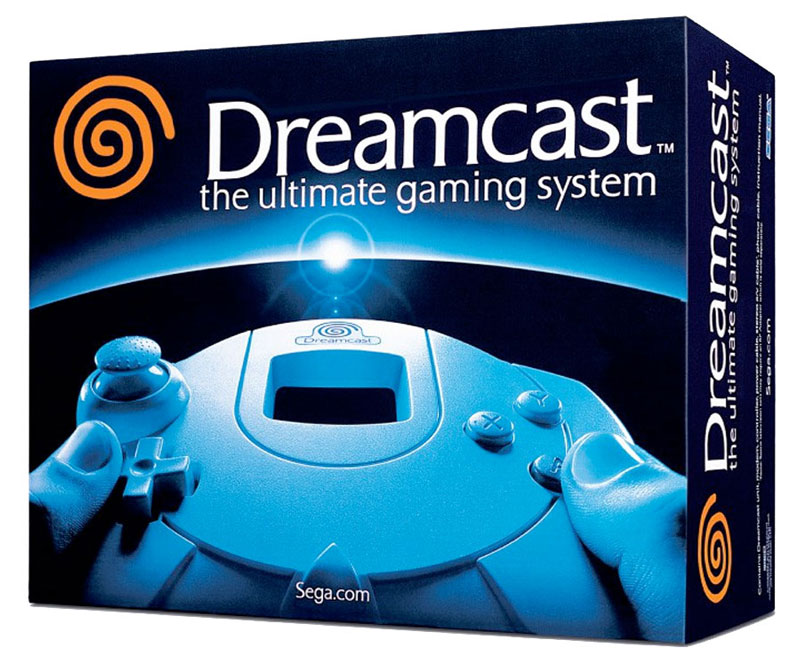
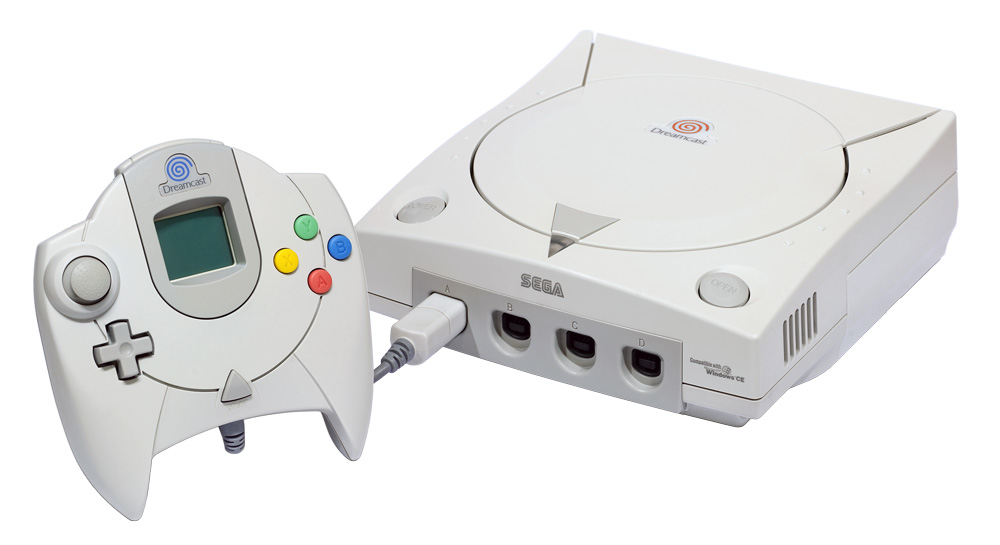
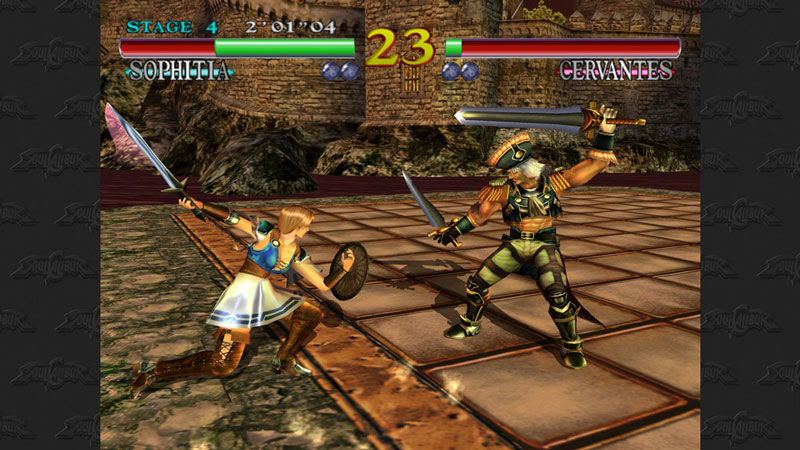
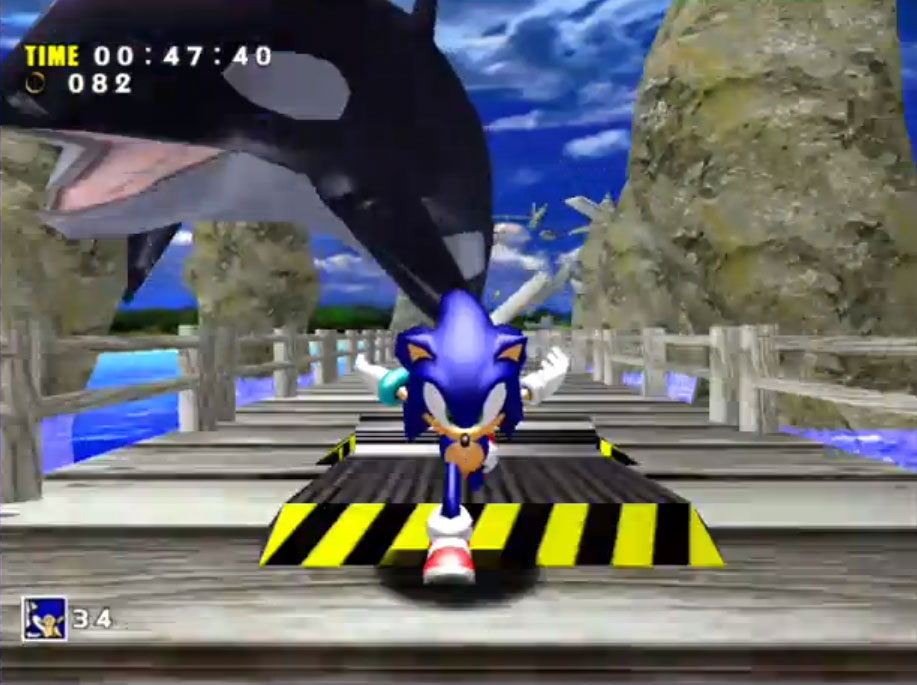
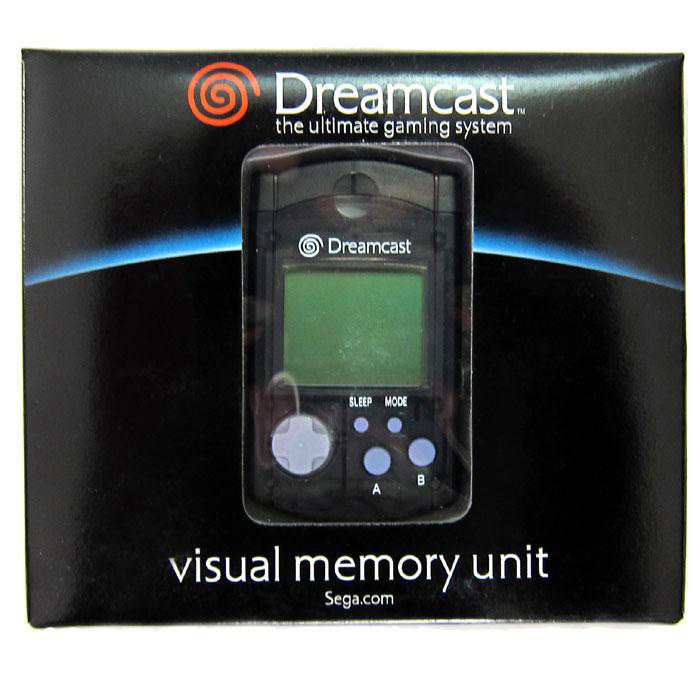
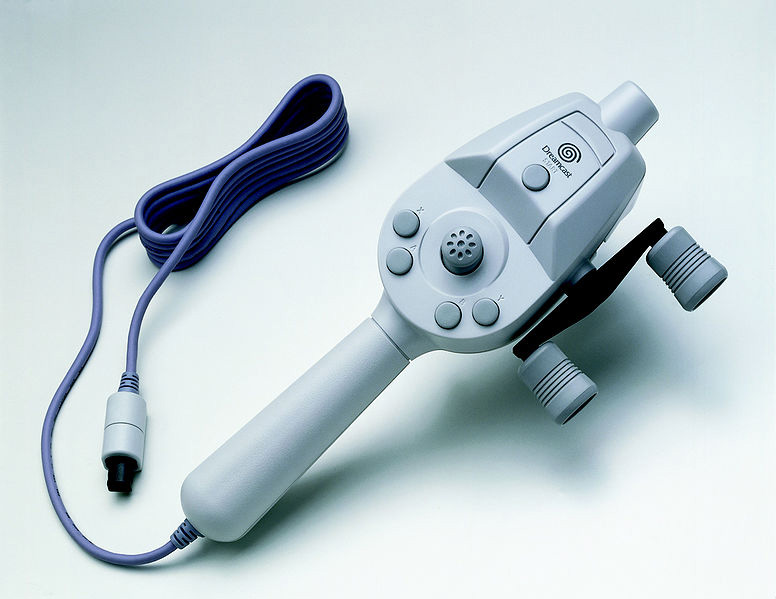
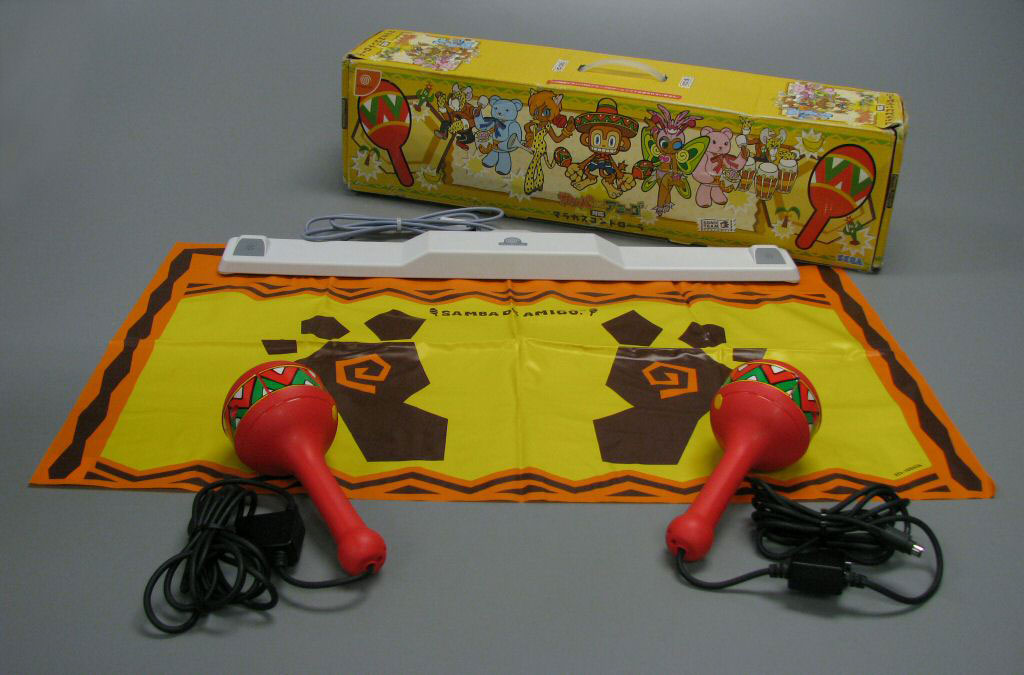
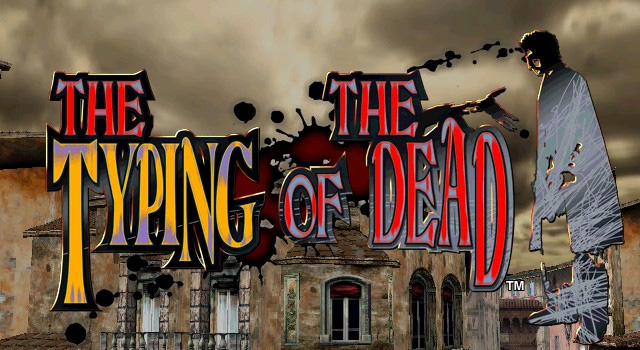
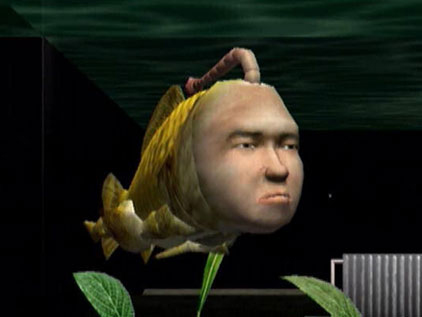
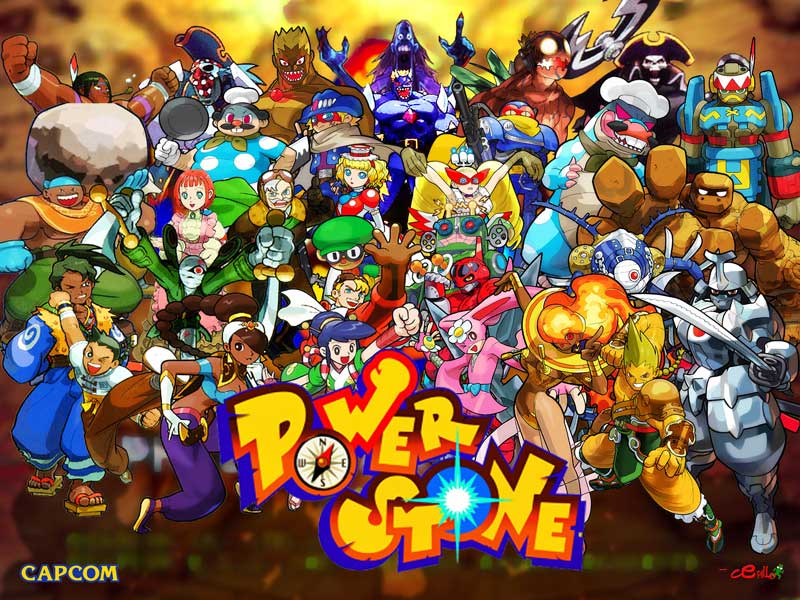
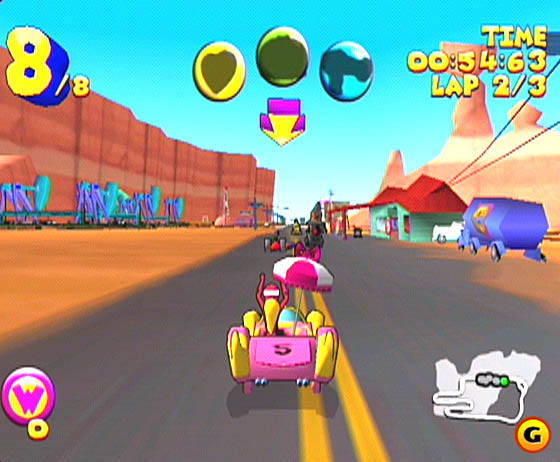
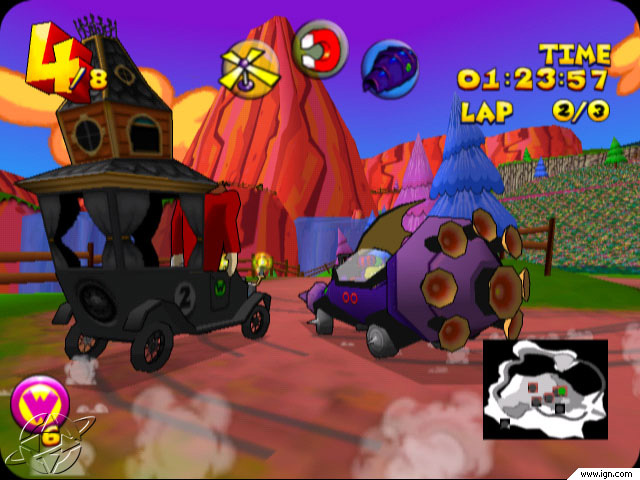
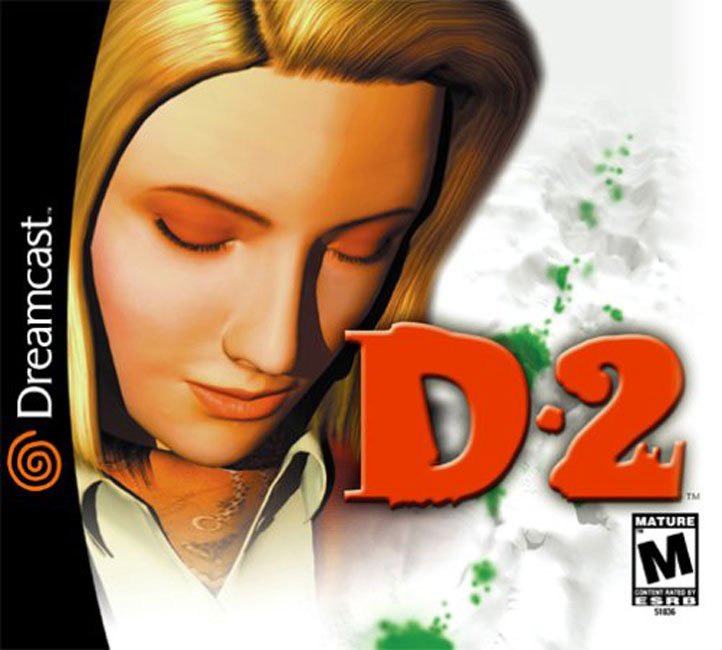
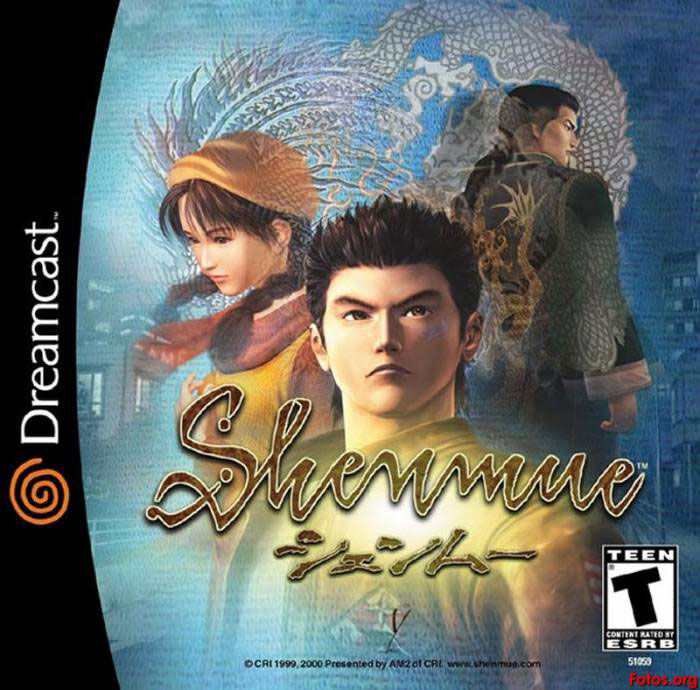
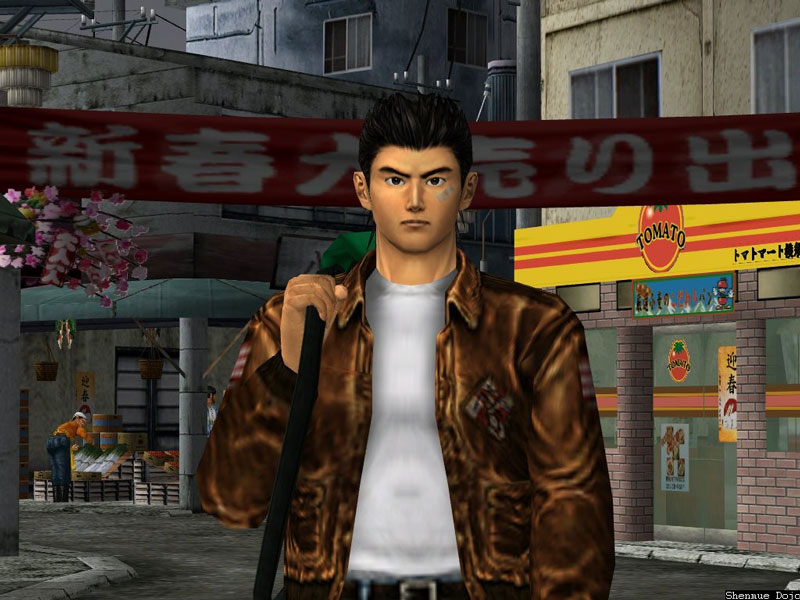
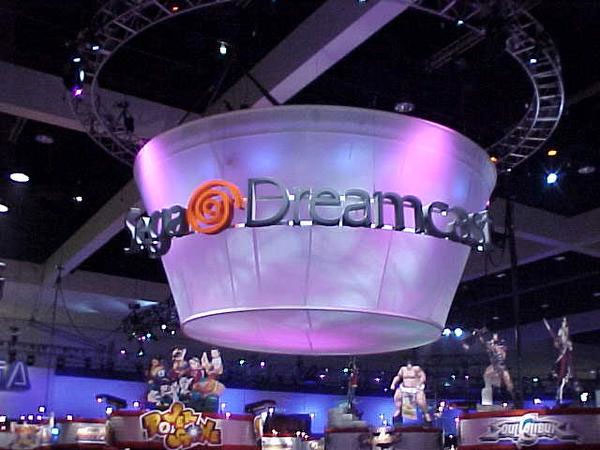
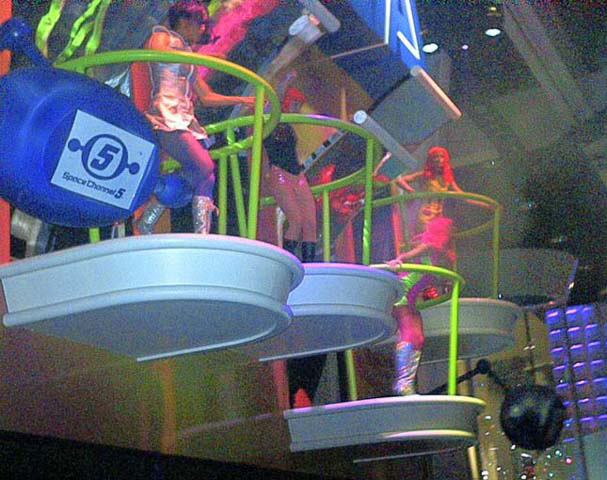
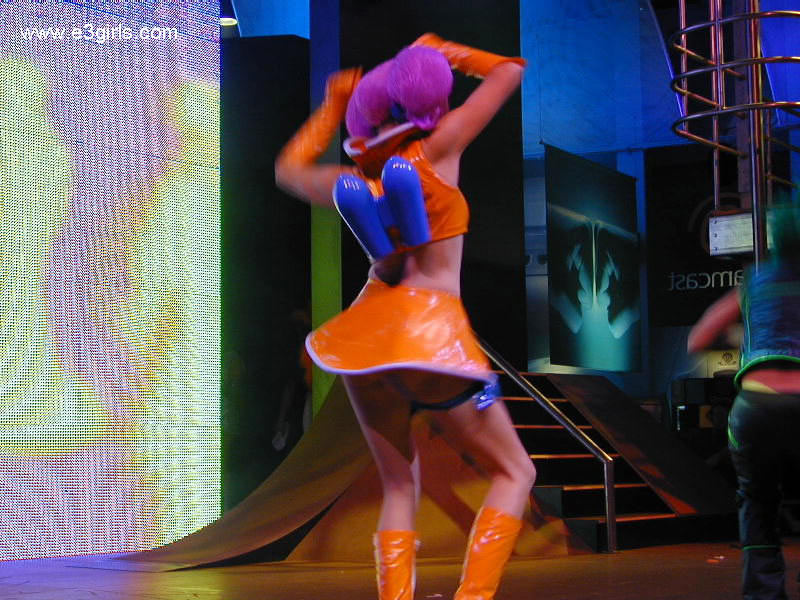
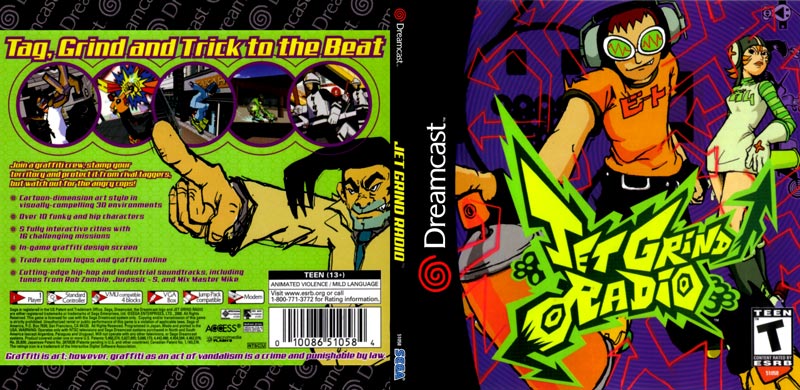
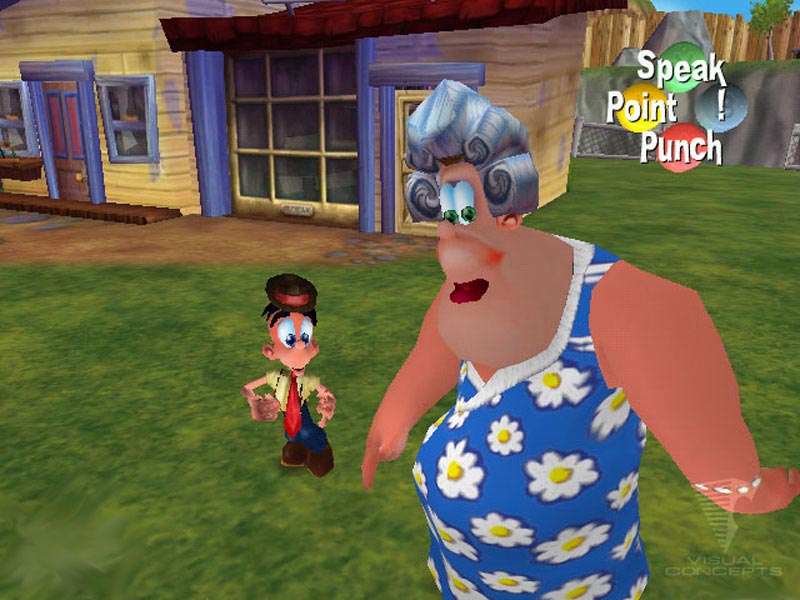
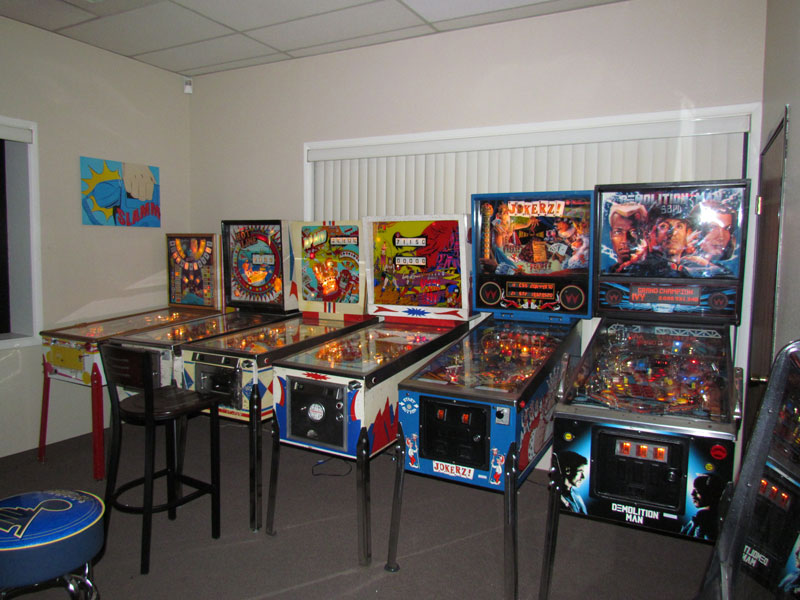
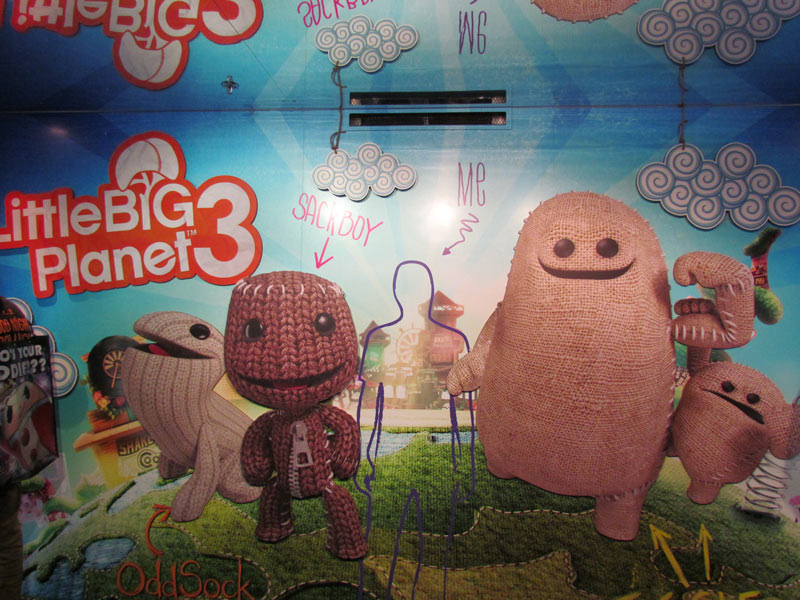
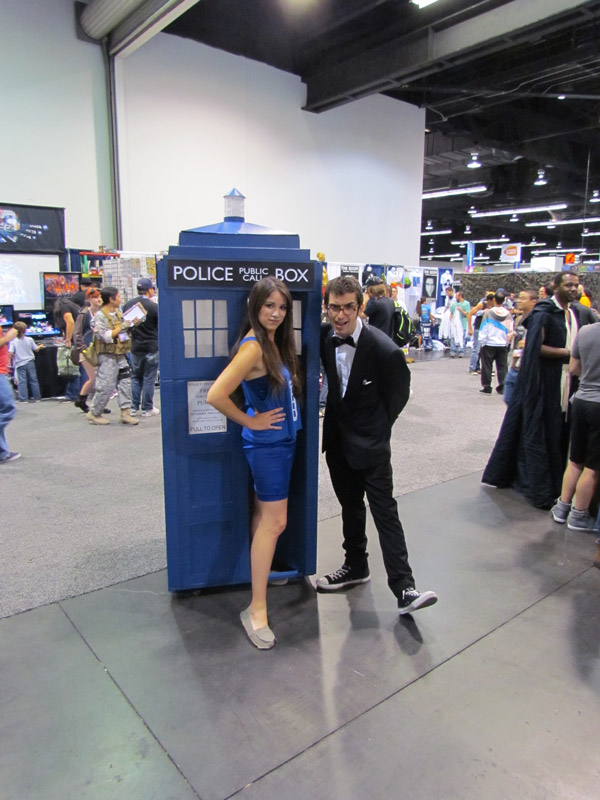
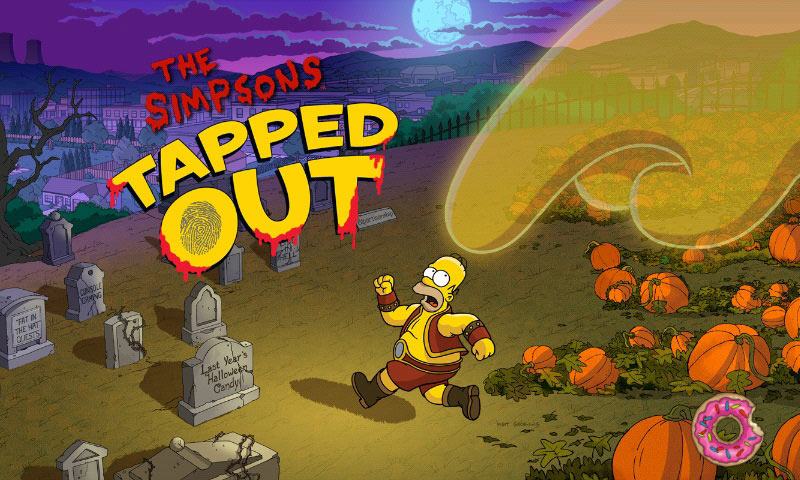
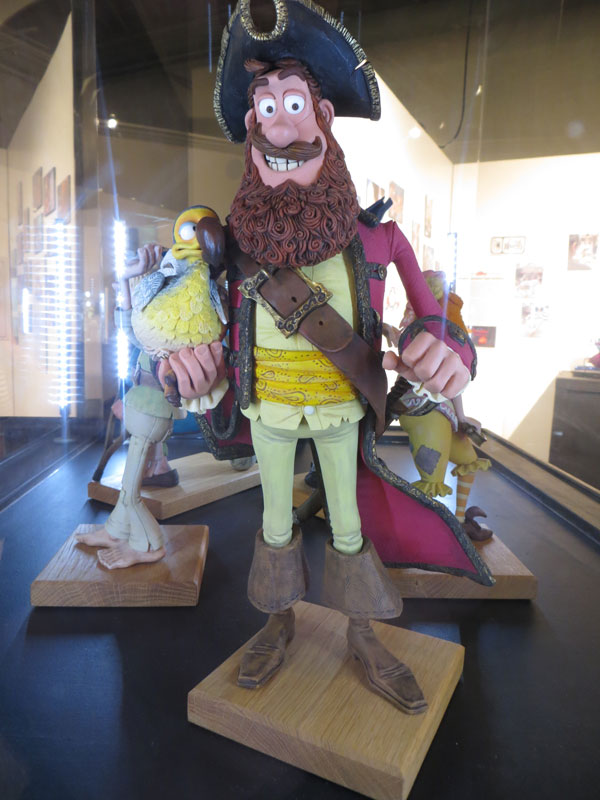
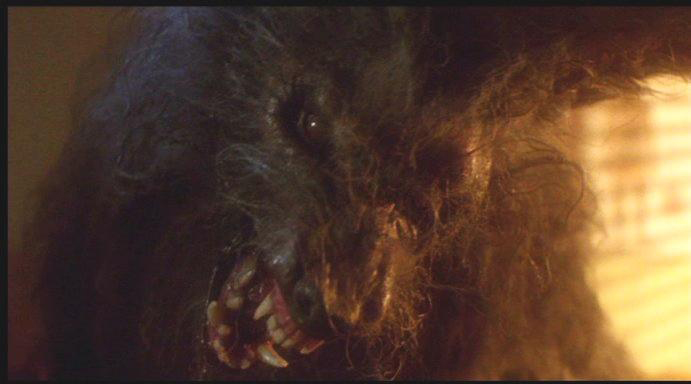





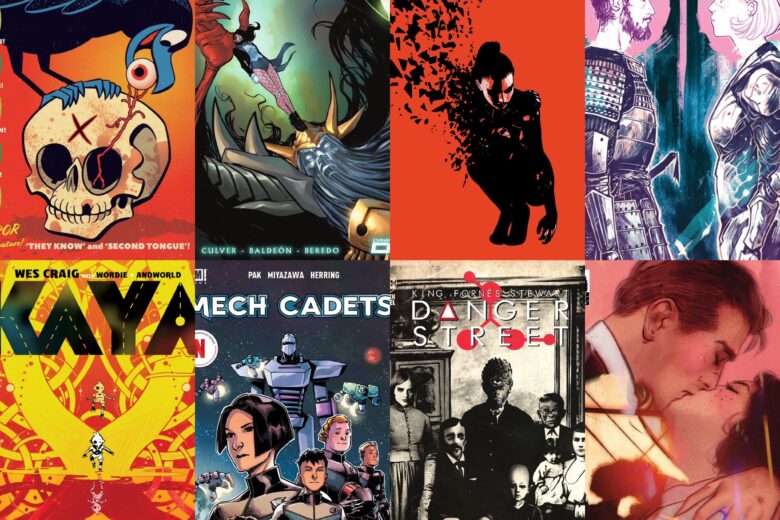
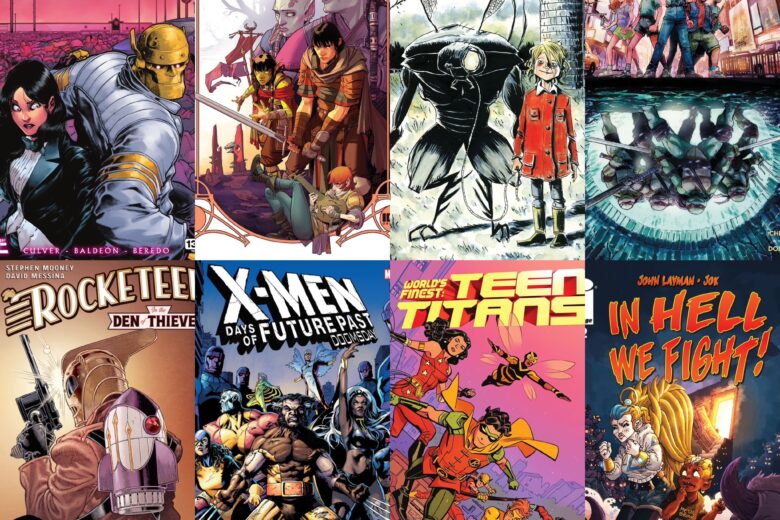
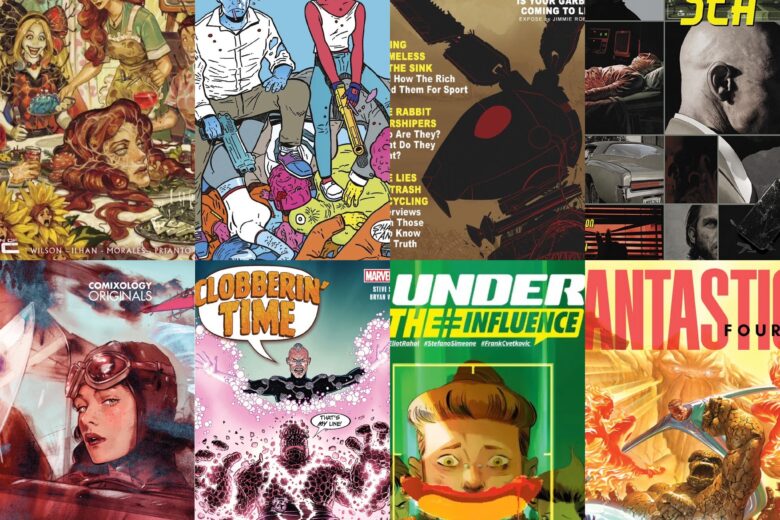
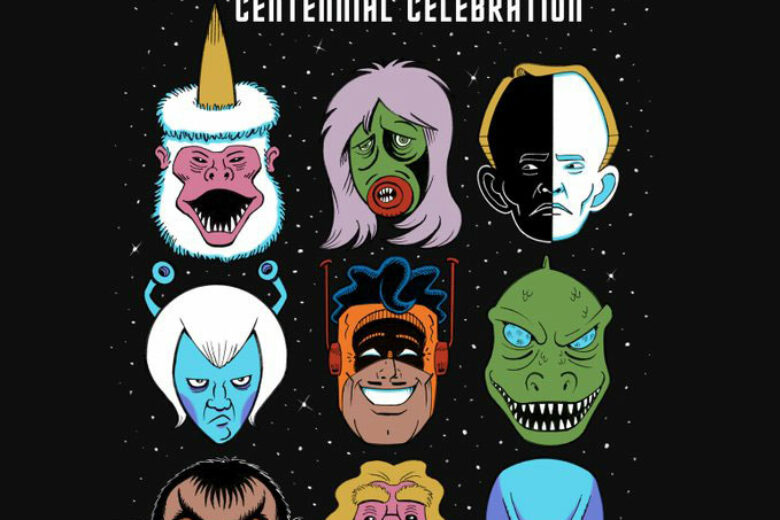
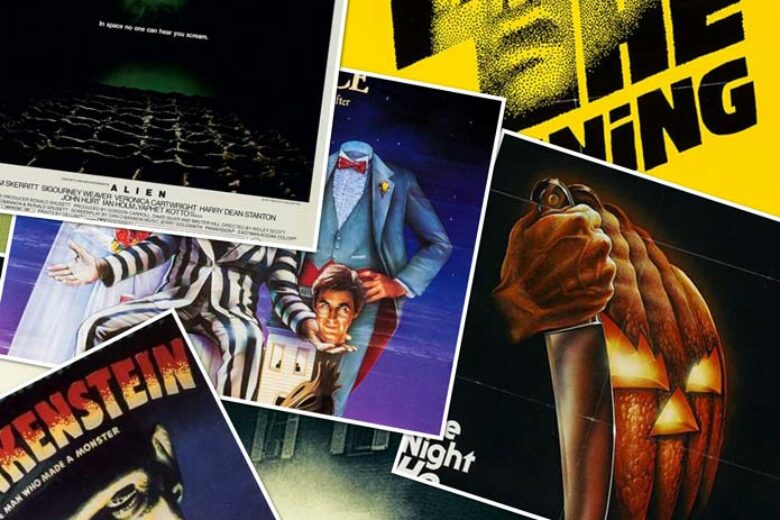
0 Comments